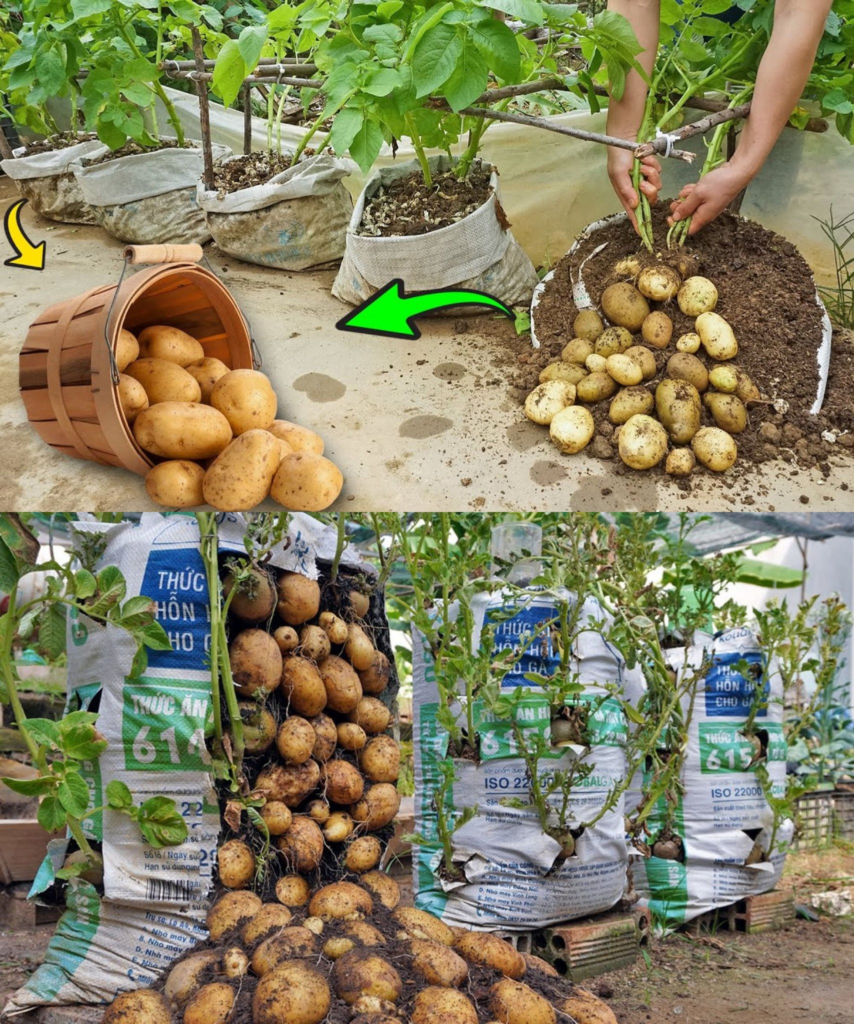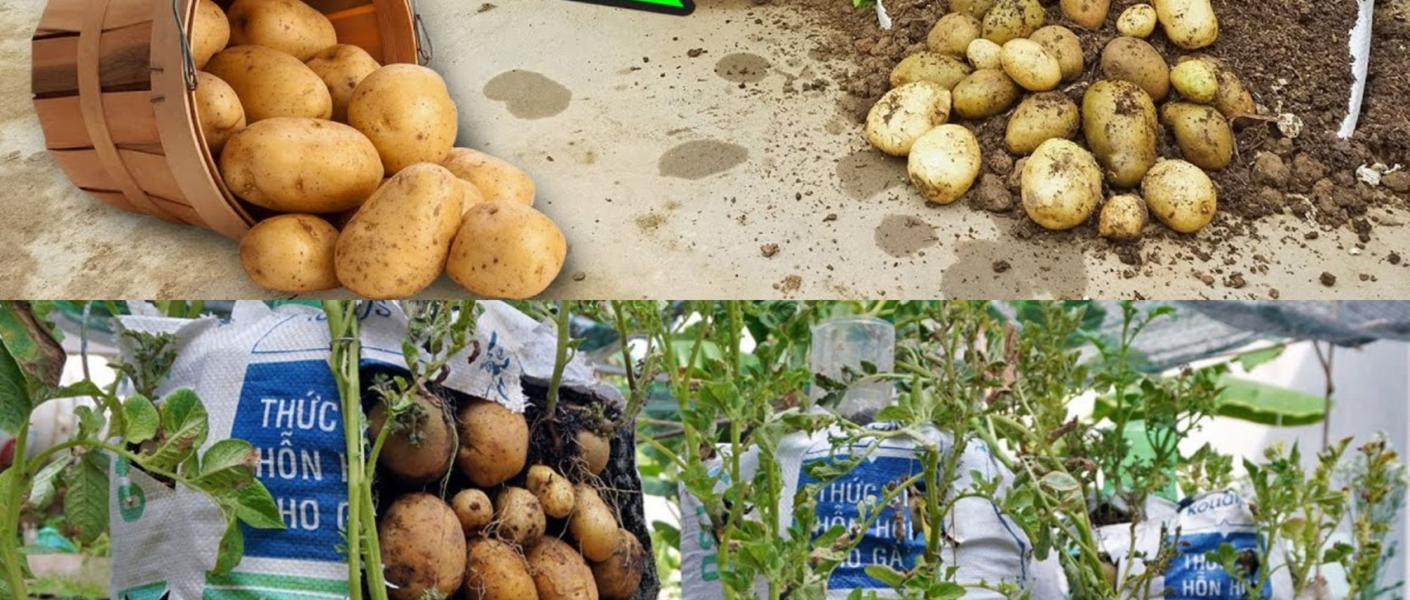
It is not difficult to grow sweet potatoes and apples by following these simple and useful tips.

Sweet potato cultivation
Associated with the dayflower, the sweet potato is produced by a tropical vine that grows best in areas with long, hot summers and provides a nice ground cover during this season. Some of these vines are only grown for decorative purposes.
- Grown from tubers or sprouts with roots, sweet potatoes grow best in sandy marl and need sun and about 120 days of warm temperature.
1. Planting sweet potatoes
- Hill up the soil about 30 centimeters high and 30 centimeters wide. Sweet potatoes appreciate good drainage.
- Plant the tubers 10 centimeters deep, leaving 40 centimeters between each and keep them moist for several days.
- Sweet potato tubers are generally planted in warm weather. It is therefore preferable to cover them with a planter or a flower pot to protect them from the strong rays of the sun for a few days after planting them.
2. Increase in harvest
With edible or ornamental sweet potatoes, you can increase your harvest by cutting 15-centimeter pieces of stem and planting them in moist potting soil.
3. Harden them
After digging up the sweet potatoes, cure them in a warm place (29°C) for seven to 10 days. This curing period helps to toughen the skin while making the tubers sweeter.
- Once hardened, store the tubers in a cooler place where the temperature is between 13 and 18°C. They will keep for four to five months.
Potato cultivation
Grow what you can’t buy, like potatoes with buttery yellow flesh or the oblong “russet.” Blue-fleshed potatoes are fun to grow, as is the “totally blue” variety. You can also try the “Caribe” potato which has snow-white flesh beneath a purple skin.
1. Help Potatoes Stay Cool
- Sow early, two to three weeks before the last expected frost, when the soil is still cold.
- When leaves and stems appear, start mulching to keep the soil cool and moist.
- Potatoes stop producing new tubers when the soil warms. So it’s best to help them get off to a quick start in the spring.
2. Keep them in the dark
Light on potatoes causes them to turn green and causes solanine, a mildly toxic substance that has a bitter taste.
- As the plants grow, keep as much soil or mulch around to block the sun from reaching the tubers which are sometimes just below the surface of the soil.
- Wait for a cloudy day to harvest the potatoes so as not to expose them to bright light.
3. New potatoes
True new potatoes are small potatoes harvested while the plants are still green.
- Carefully remove the mulch, feel around to collect the potatoes, then replace the mulch when you have collected what you need for your dinner.
- The plants won’t even notice they are gone. Harvest the rest when the plants begin to die back naturally.
4. Watch for Colorado potato beetle larvae
Colorado potato beetles are large red larvae that munch on potato leaves and flowers.
- Remove them manually, spray with a neem-based insecticide or, better yet, get rid of them before they have time to hatch.
- Check the underside of leaves for clusters of yellow eggs and remove leaves that contain them by pinching them off.
In short, growing sweet potatoes or potatoes is not that complicated.
